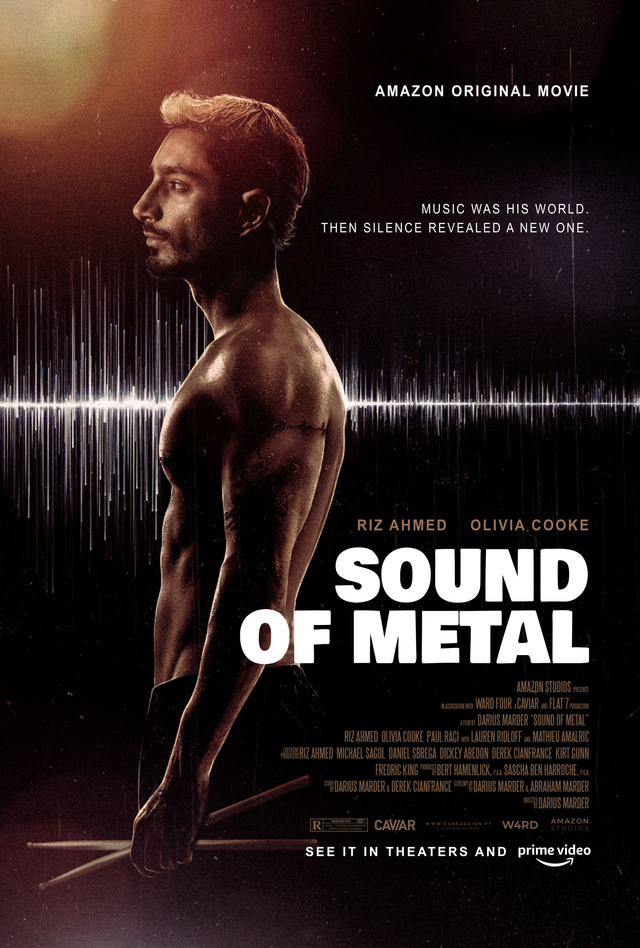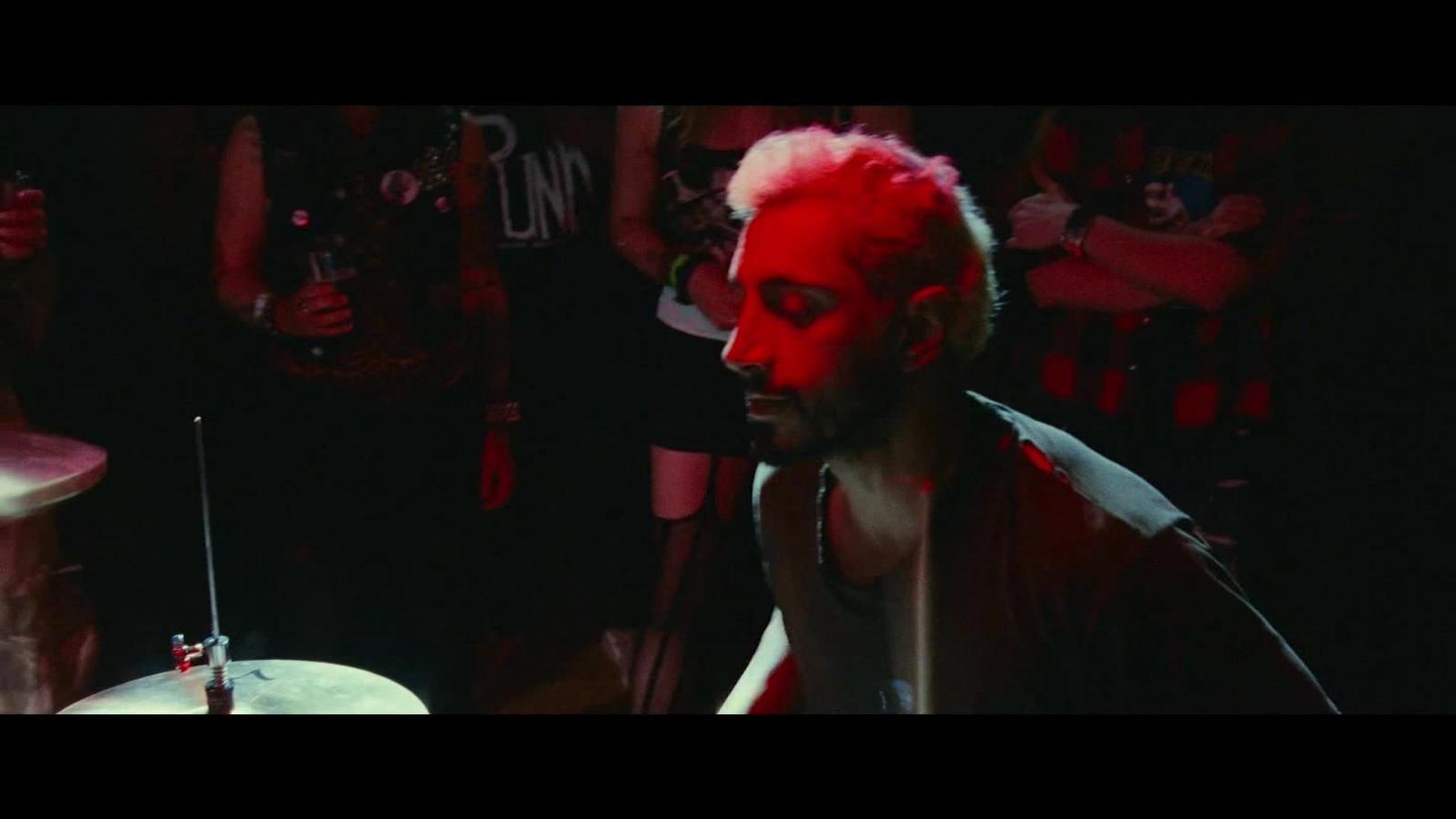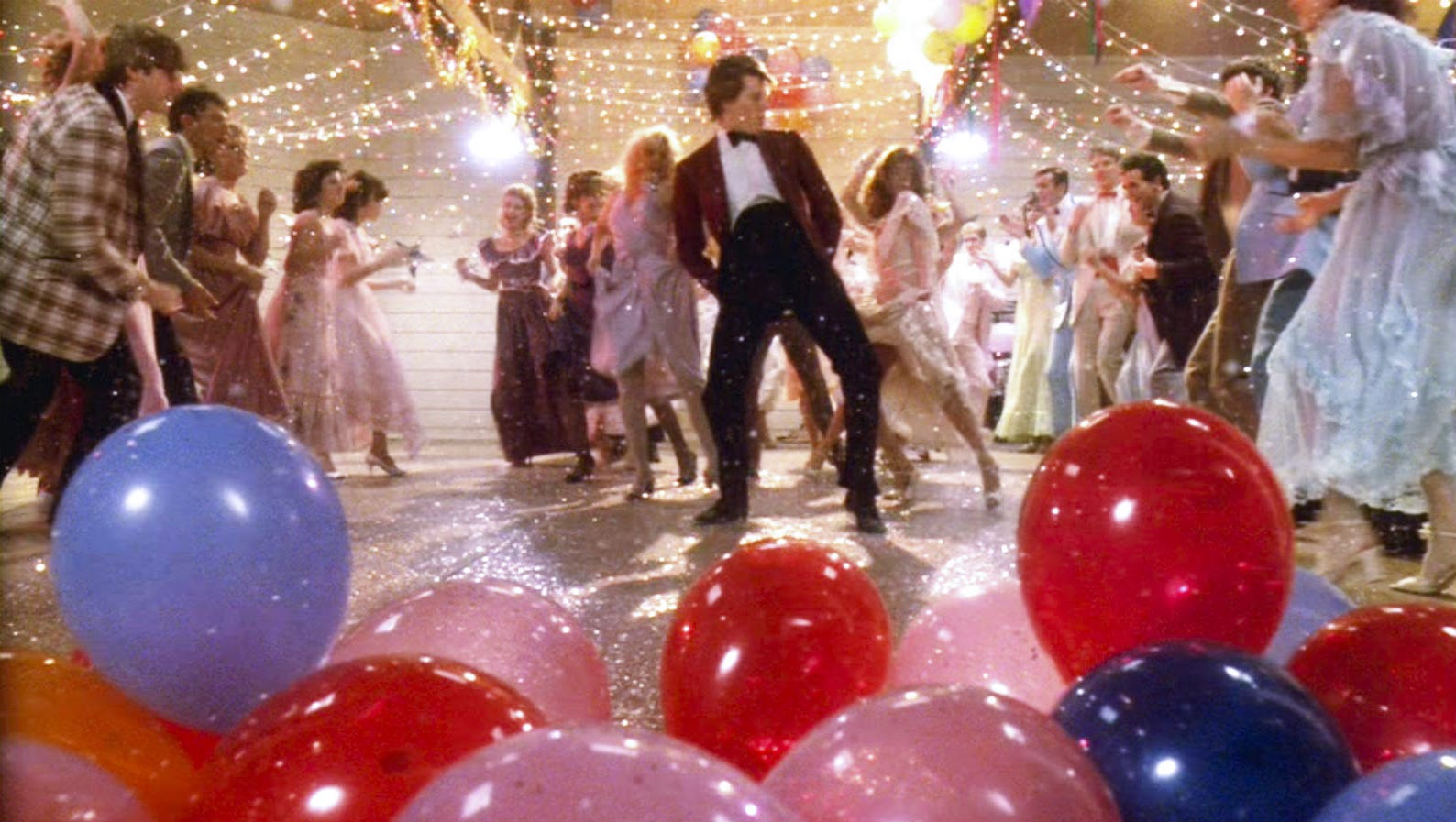| FILM | PREFERENCE /10 | MEMORABLE SCENE | FILM ELEMENT FOCUS |
| Sound of Metal (Darius Marder, 2019) | 5.5/10 | When Ruben first loses his hearing | Sound |

| FILM | PREFERENCE /10 | MEMORABLE SCENE | FILM ELEMENT FOCUS |
| Sound of Metal (Darius Marder, 2019) | 5.5/10 | When Ruben first loses his hearing | Sound |

| Name- | Score- | Film element – | Memorable scene- |
| Sound of metal | 7.2/10 | Sound | Final scene when Ruben is sat on the bench |

| film | preference (/10) | memorable scene | film element focus |
| sound of metal | 7/10 | when Ruben and another kid bang their hands on the slide for the vibrations | sound |

| Film | Preference [_/10] | Memorable Scene | Element Focus |
|---|---|---|---|
| Sound of Metal [2019] | 4.5 | When Ruben leaves the stage after losing his hearing for good | Sound |

I give it a 8/10. Bangs
Memorable Scene: The surgery
Film Element Focus: Sound
| Name | Rating | Memorable Scene | Element |
| Sound of Metal | 8/10 | The contrast between everyday noises when he can hear and then when he can’t (during the beginning) | Sound |
/cdn.vox-cdn.com/uploads/chorus_image/image/68619864/sound_of_metal_981_14352073_type13058_1280x720.0.jpg)
Close up-
A close-up shot is a type of camera shot size in film and television that adds emotion to a scene. It tightly frames an actor’s face, making their reaction the main focus in the frame

Long Shot –
a view of a scene that is shot from a considerable distance, so that people appear as indistinct shapes

Extreme close up-
A more intense version of the close-up, usually showing only the subject’s eyes or another part of their face. Insert shot: a close-up that focuses on a specific object, prop, or detail, signalling to the audience that it’s important

Medium long shot-
somewhere between a close-up and a wide shot, showing the subject from the waist up while revealing some of the surrounding environment. Medium long shot: somewhere between a medium shot and a full shot, showing the subject from the knees up. Also called a ¾ shot.

Pan-
In cinematography, a pan shot is a horizontal camera movement where the camera pivots left or right while its base remains in a fixed location

Zoom-
In photographic terms, to “zoom in” means to make your subject larger in the frame, without actually moving forward yourself (instead, zooming on your lens They allow you to change focal lengths without actually using a different lens entirely.

Track(Steadicam)
What is a camera tracking shot? A tracking shot is one in which the camera moves alongside what it’s recording. Tracking shots are sometimes called dolly shots, but they can be differentiated by the direction they take. Tracking shots will generally follow along the horizontal axis as the subject moves.

Needle Drop – the use of an existing recording rather than an original score in a film

Diegetic Sound – sound that characters can hear in the scene (e.g. dialogue / sound effects / needle drop)

— — — — — — — — — —
Non-Diegetic Sound – sound that only the audience can hear (e.g. soundtrack / narration)
